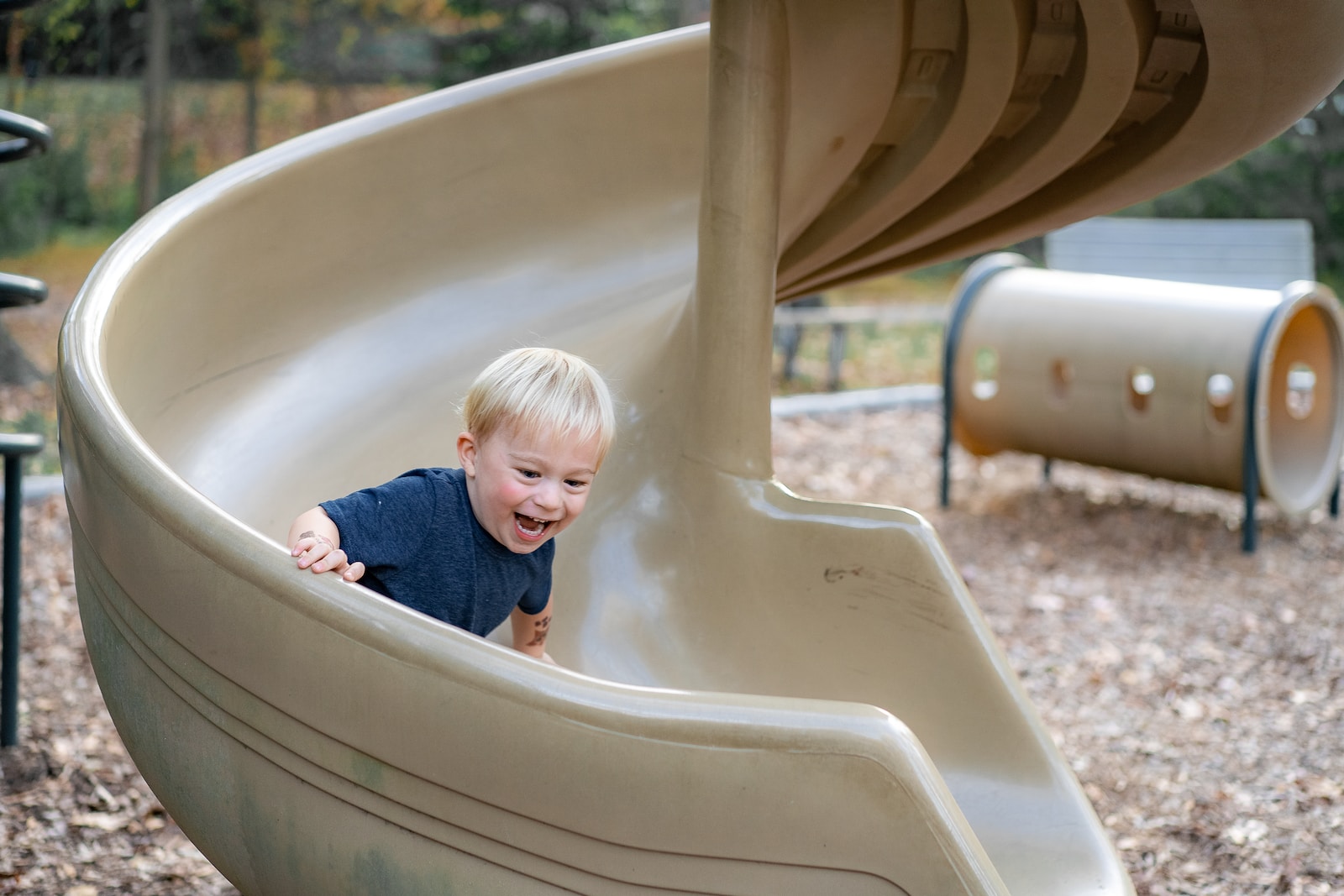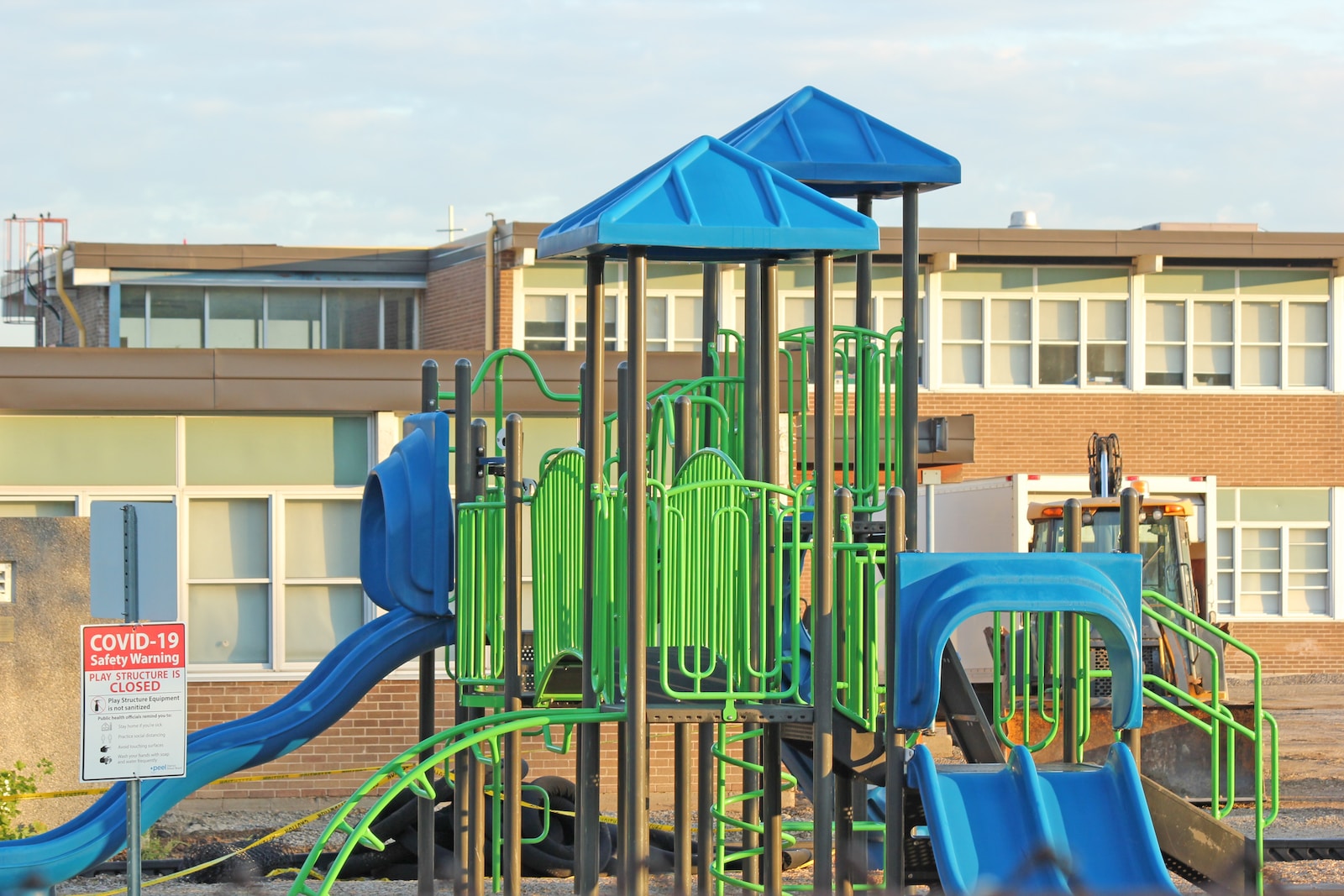Abstract
Methods
In a randomized controlled trial, four ECE centers were randomly assigned to an intervention group or wait-list control. For intervention centers, stencils were spray painted adjacent to playgrounds and teachers were provided material for using stencils for FMS practice. Follow-up assessments were conducted six to eight weeks after baseline. Time spent in PA and sedentary behavior was assessed via accelerometry and FMS were evaluated using the Test of Gross Motor Development (TGMD-3) at baseline and follow-up. A repeated measures linear model was performed to test the effects of the painted playgrounds on the primary outcomes of interest. Feasibility was measured by stencil engagement via direct observation and satisfaction surveys.
Results
A total of 51 preschoolers completed baseline assessments (4.3±0.6 years; 43.1% male). There were no significant changes in PA or sedentary behavior (all confidence intervals contain 0) between control and intervention groups. Intervention children significantly improved ball skill, locomotor, and overall TGMD-3 percentile scores at follow-up (all (all confidence intervals contain 0), which was not observed in control group. However, there was no significant change in FMS between the control and intervention groups (confidence intervals contain 0). For stencil use, boys and girls interacted with different stencils during their free play. Directors and teachers reported children incorporated academic concepts and initiated games, and teachers prompted more PA opportunities on the playground.
Conclusions
This intervention did not show statistically significant changes in children’s PA, FMS, or sedentary behavior compared to a control group; however, small FMS improvements for the intervention group were found from baseline to follow-up. Further work should examine intervention fidelity as well as inexpensive supplies, teacher training, or other strategies to increase preschool children’s PA and improve FMS at ECE centers.
Journal: BMC Pediatrics
Year: 2023



